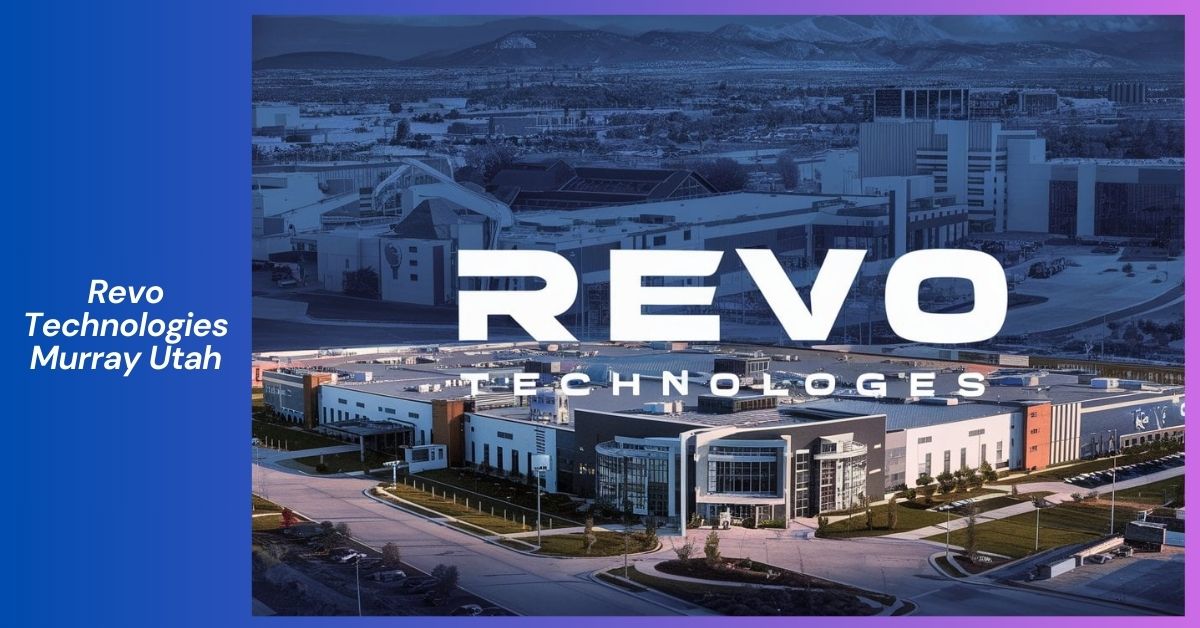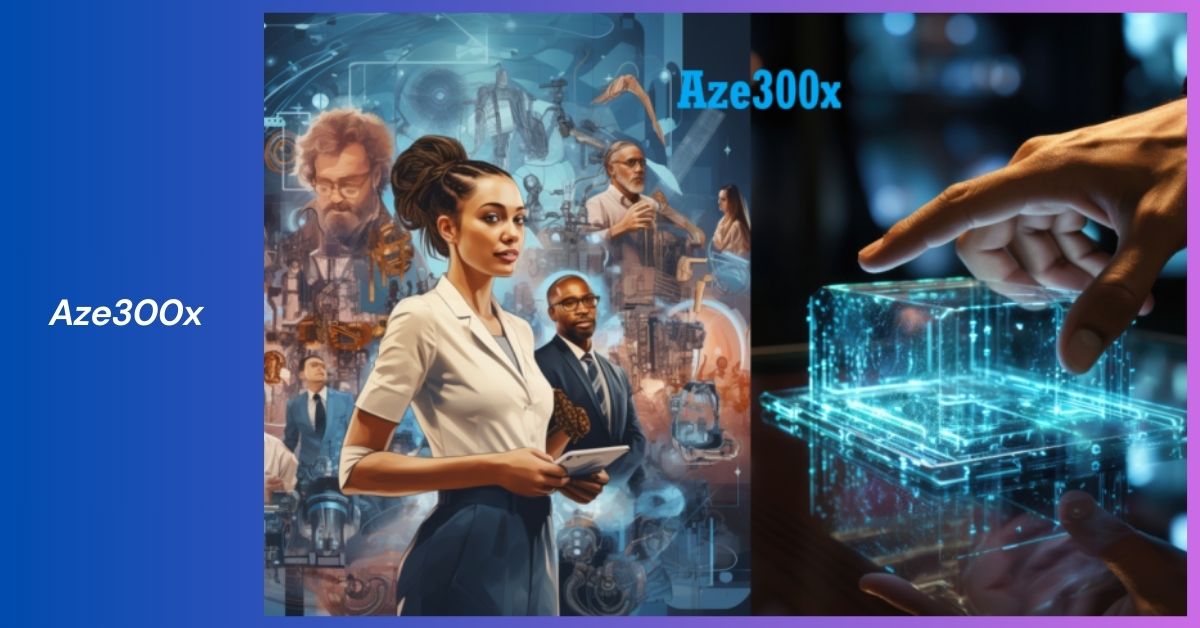
Pitting is a common and serious problem that occurs in various materials, particularly metals. It leads to localized corrosion, causing tiny cavities or “pits” to form on the surface.
The VT1000, a highly reliable inspection tool, plays a crucial role in detecting pitting damage in equipment and infrastructure.
In this article, we will delve into VT1000 pitting photo examples, explaining what pitting is, how the VT1000 works, and why these photo examples are essential for understanding and preventing damage.
This guide also explores related terms and provides insights to help you interpret VT1000 pitting results.
What is Pitting and Why Is It Important?
Pitting refers to a form of corrosion that results in small holes or pits forming on a metal’s surface.
This type of corrosion can be particularly dangerous because it is hard to detect until significant damage has occurred.
Even though pitting appears as tiny spots on the surface, it can cause deep damage underneath, leading to equipment failure.
In industries where safety is critical, such as aerospace, oil and gas, and marine, identifying pitting early can prevent catastrophic failures.
VT1000 pitting photo examples provide visual references of this kind of corrosion, helping professionals and inspectors better understand the severity of the pitting in various situations.
The VT1000: What Is It and How Does It Help Detect Pitting?
The VT1000 is a cutting-edge inspection tool designed to detect surface damage like pitting, cracks, and corrosion in materials, especially metals.
It uses advanced technology like high-resolution cameras and precise measurement tools to provide clear images of potential problem areas.
The VT1000 can quickly capture photo examples of pitting, making it a vital tool for maintenance teams and inspectors.
Key Features of the VT1000
- High-Resolution Imaging: The VT1000 captures detailed photos that show even the smallest pits, making it easier to assess the level of damage.
- Portable Design: This device is lightweight and easy to carry, allowing inspectors to perform pitting checks in remote or hard-to-reach areas.
- Real-Time Analysis: With the VT1000, inspectors can analyze corrosion damage on-site, which can save valuable time and reduce downtime for critical infrastructure.
- Durability: The VT1000 is built to withstand harsh conditions, making it ideal for industries like oil and gas, where pitting is common in pipelines and tanks.
By using VT1000 pitting photo examples, inspectors can track the progress of pitting and determine the best course of action to prevent further corrosion.
Understanding VT1000 Pitting Photo Examples
When you view VT1000 pitting photo examples, you’re looking at a detailed visual representation of pitting damage.
These examples often show the depth, size, and distribution of pits on the surface of the material, which helps inspectors determine the severity of the corrosion.
How to Interpret VT1000 Pitting Photo Examples
- Pit Size: The size of the pits can vary greatly. Small pits may indicate early stages of corrosion, while larger pits could suggest more advanced damage.
- Pit Distribution: Photos that show clusters of pits might indicate that the material is exposed to corrosive elements over a large surface area. Conversely, isolated pits could mean localized corrosion.
- Surface Texture: The smoothness or roughness around the pit can give clues about the material’s condition. Rougher surfaces could mean more extensive wear and damage.
- Depth of Pitting: VT1000 pitting photo examples often come with measurements that show how deep the pits are. Deeper pits can indicate more severe corrosion that requires immediate action.
Types of Pitting Corrosion
- Uniform Pitting: This type involves pits of roughly the same size spread evenly across the material’s surface.
- Localized Pitting: Here, the pits are concentrated in a specific area, which could suggest uneven exposure to corrosive agents.
- Micro Pitting: These are tiny pits that may not be visible to the naked eye but can cause significant damage over time.
VT1000 pitting photo examples allow inspectors to detect these different types of pitting and understand their implications on material strength and durability.
Why Are VT1000 Pitting Photo Examples Essential?
VT1000 pitting photo examples play a key role in maintenance and safety inspections.
These images provide a clear view of the corrosion damage, allowing engineers and technicians to make informed decisions about repairs and replacements.
Without such detailed images, it would be difficult to identify pitting before it leads to more severe issues.
Applications of VT1000 Pitting Photo Examples
- Aerospace: Aircraft parts exposed to moisture and varying temperatures can experience pitting. Regular inspection using VT1000 photo examples helps prevent failures.
- Oil and Gas: Pipelines, storage tanks, and other equipment in the oil and gas industry are highly susceptible to pitting corrosion. VT1000 photo examples help maintenance teams monitor the condition of this equipment.
- Marine: Ships, especially those made of metal, are constantly exposed to saltwater, leading to pitting. The VT1000 allows marine engineers to catch pitting early and avoid costly repairs.
- Manufacturing: In industrial environments, machinery and metal components are prone to pitting from chemicals and friction. VT1000 pitting photo examples allow for early detection and quick interventions.
By using these images, industries can save costs on repairs and avoid catastrophic failures that could result from undetected pitting corrosion.
How to Prevent Pitting Using VT1000 Insights
While VT1000 pitting photo examples help identify existing pitting, they can also play a role in preventing future corrosion.
By analyzing these images, engineers can detect patterns and potential causes of pitting, leading to more effective preventive measures.
Preventive Measures Based on VT1000 Findings
- Regular Inspections: Frequent inspections using the VT1000 can catch pitting in its early stages, allowing for minor repairs before significant damage occurs.
- Protective Coatings: After reviewing VT1000 images, applying protective coatings to metal surfaces can reduce the chances of corrosion.
- Material Selection: If photo examples reveal severe pitting on a particular material, switching to more corrosion-resistant materials may be necessary.
- Improved Maintenance: Regular cleaning and maintenance of equipment, informed by VT1000 images, can help reduce the exposure of metals to corrosive substances.
These preventive steps, guided by VT1000 pitting photo examples, are crucial for maintaining the longevity and reliability of equipment.
How to Get Accurate VT1000 Pitting Photo Examples
To ensure accurate results, using the VT1000 correctly is essential. Here are some tips to get the best results from your VT1000 inspection:
- Ensure Proper Lighting: Good lighting is critical for capturing high-quality pitting images. Ensure that the inspection area is well-lit to avoid shadows that can obscure pits.
- Maintain Clean Surfaces: Before taking photos, make sure the surface is clean and free of debris, as dirt can hide or mimic pitting.
- Follow Manufacturer Guidelines: Using the VT1000 according to the manufacturer’s instructions will result in the most accurate photos.
- Regular Calibration: Calibrate your VT1000 regularly to ensure it captures the most precise pitting measurements and photos.
Following these steps can lead to clearer and more useful VT1000 pitting photo examples, making your inspections more effective.
FAQs About VT1000 Pitting Photo Examples
What is pitting corrosion, and why is it dangerous?
Pitting corrosion is a localized form of corrosion that leads to the formation of small pits or holes on a material’s surface.
It is dangerous because it can cause deep damage that weakens the material without showing significant surface damage.
How does the VT1000 help in detecting pitting?
The VT1000 uses high-resolution cameras to capture detailed images of material surfaces, showing pits and other forms of damage.
It is portable, durable, and provides real-time analysis, making it ideal for detecting pitting in various industries.
How can I interpret VT1000 pitting photo examples?
To interpret VT1000 pitting photo examples, look at the size, distribution, and depth of the pits. Larger, deeper pits suggest more severe damage, while clusters of pits might indicate widespread corrosion.
What industries benefit the most from VT1000 pitting photo examples?
Industries such as aerospace, oil and gas, marine, and manufacturing benefit from VT1000 pitting photo examples as these sectors frequently deal with materials exposed to harsh conditions that can lead to pitting corrosion.
How can I prevent pitting after identifying it with VT1000?
Prevent pitting by applying protective coatings, performing regular maintenance, selecting more corrosion-resistant materials, and conducting frequent inspections using the VT1000 to catch pitting early.
Conclusion
VT1000 pitting photo examples offer invaluable insights into the condition of materials prone to pitting corrosion.
By using high-resolution images, industries can detect pitting early, make informed maintenance decisions, and prevent costly repairs or equipment failures.
Understanding and interpreting these photos are critical to ensuring the safety and longevity of essential infrastructure and machinery.
With the VT1000, companies can maintain high safety standards and avoid the dangers of unchecked corrosion.





